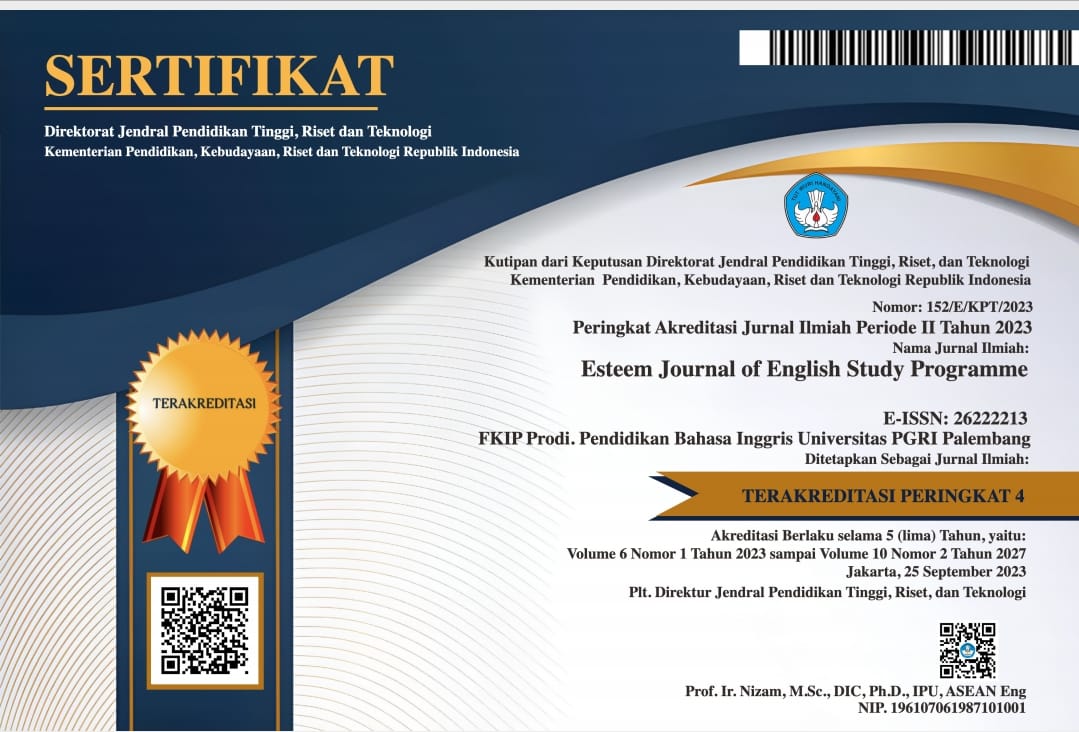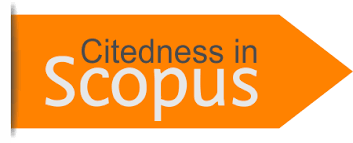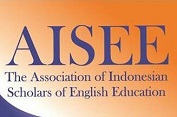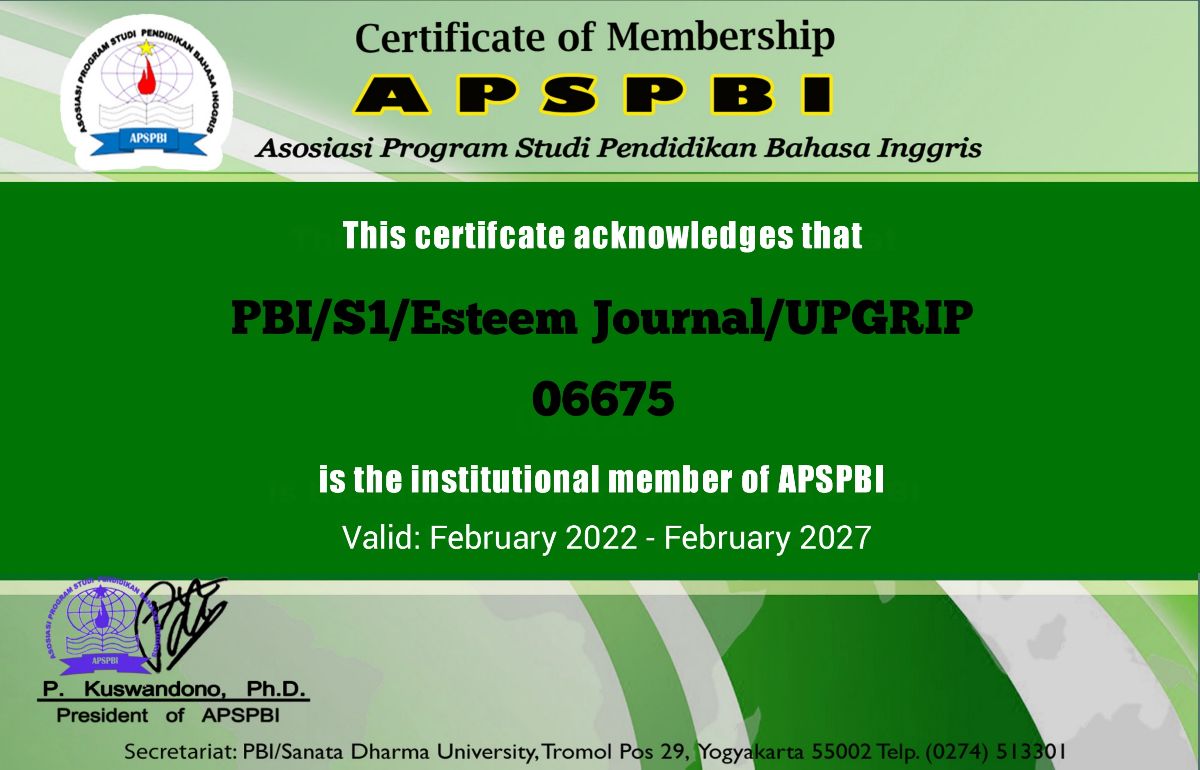APPLIED LINGUISTICS: TRIADIC SIGN MODELS IN PERSUASION METHODS OF NIVEA MEN’S PRODUCT PACKAGING
DOI:
https://doi.org/10.31851/esteem.v8i1.17774Keywords:
Triadic, Nivea Men, Advertisement, Persuasion MethodsAbstract
This study aims to analyze the use of signs on Nivea Men product packaging, focusing on their interpretation and effectiveness in delivering persuasive messages. Employing Charles Sanders Peirce’s Triadic Relation Theory, a qualitative method was used to examine product categories and their connection to everyday experiences. Data were collected through observation and documentation from Nivea Men’s official website, then analyzed using triadic theory and persuasion methods. The results reveal that signs significantly influence consumer interpretation and the persuasive value of products, although some signs do not fully align with their intended meanings. This study highlights the importance of designing clear and purposeful signs to enhance advertising strategies and consumer understanding. Future research should focus on refining semiotic and persuasion techniques to align signs more effectively with product identity and market needs.
References
Akbar, S. (2021). Media Komunikasi Dalam Mendukung Penyebarluasan Informasi Penanggulangan Pandemi Covid-19. Majalah Ilmiah Semi Populer Komunikasi Massa, 2(1), 73–82.
Atkin, A. (2010). “Peirce ’ s Theory of Signs.” The Stanford Encyclopedia of Philosophy, 13(4), 1–17.
Chandler, D. (2007). The Basics Semiotics Daniel Chandler. The Basics Semiotics Daniel Chandler, 1–326.
Dabi, T. (2014). Techniques for Collecting Qualitative Field Data in Education Research: Example of Two Studies in Information Technology Field. Sinteza, 362–367. https://doi.org/10.15308/SInteZa-2014-362-367
Diffey, B. L., Tanner, P. R., Matts, P. J., & Nash, J. F. (2000). In vitro assessment of the broad-spectrum ultraviolet protection of sunscreen products. Journal of the American Academy of Dermatology, 43(6), 1024–1035. https://doi.org/https://doi.org/10.1067/mjd.2000.109291
Eco, U. (1979). A Theory of Semiotics. Indiana University Press.
Fadilah, I. A., Jaya, A., & Uzer, Y. (2023). Visual Representation and Comprehension: the Exploration of Multimodal Text To Energize Reading of the Tenth Grade Students’ At State Vocational High School 5 of Palembang. Esteem Journal of English Education Study Programme, 6(1), 125–130. https://doi.org/10.31851/esteem.v6i1.10226
Gupta, A., & Rawat, S. (2017). Clinical importance of aloe vera: Review. Research Journal of Topical and Cosmetic Sciences, 8(1), 30. https://doi.org/10.5958/2321-5844.2017.00004.8
Hajar, S. A., & Anshori, M. S. (2021). Strategi Komunikasi Persuasif Farah Qoonita Dalam Menyampaikan Dakwah Melalui New Media. Aksiologi : Jurnal Pendidikan Dan Ilmu Sosial, 1(2), 62–66. https://doi.org/10.47134/aksiologi.v1i2.12
Hal, A. Z. (2021). A Semiotic Approach to Understanding Advertisements. Jurnal Fakultas Seni, Universitas Port Said, 18(18), 25–40. https://doi.org/10.21608/jfpsu.2021.39413.1013
Hamzah, F. A. I., Johan, N. I. M., & Rahmat, N. H. (2019). Ethos, Pathos, Logos: the Versatility of a Hijab Video Advertisement. European Journal of Literature, Language and Linguistics Studies, 3(3), 82–99. https://doi.org/10.5281/zenodo.3524222
Herrick, J. (2015). The History and Theory of Rhetoric. In The History and Theory of Rhetoric. https://doi.org/10.4324/9781315664019
Jarvie, G., Thornton, J., & Mackie, H. (2017). Sport, Culture and Society: An Introduction, Third Edition. Sport, Culture and Society: An Introduction, Third Edition, 1–552. https://doi.org/10.4324/9781315688961
Lesiana, N., Mulyadi, Aswadi Jaya, & Pratiwi, E. (2023). Classroom Interaction in Communicative Language Teaching of Secondary School. Esteem Journal of English Education Study Programme, 7(1), 61–71. https://doi.org/10.31851/esteem.v7i1.12661
Magilvy, J. K., & Thomas, E. (2009). A first qualitative project: Qualitative descriptive design for novice Researchers: Scientific inquiry. Journal for Specialists in Pediatric Nursing, 14(4), 298–300. https://doi.org/10.1111/j.1744-6155.2009.00212.x
Manurung, R. M., Ginting, S. A., & Tangkas, I. W. D. (2021). Semiotic in Milk Advertisements. Linguistik Terapan, 17(3), 281. https://doi.org/10.24114/lt.v17i3.22460
Mijaljica, D. (2023). What is Pro-vitamin B5? Qvskincare.
Nagara, M. M. C., & Machfauzia, A. N. (2020). The Meaning of Qualisign, Sinsign, and Legisign of Gejog Lesung Art “Mukti Lestari” in Sewon Bantul. 444(Icaae 2019), 168–173. https://doi.org/10.2991/assehr.k.200703.034
Ohn, T. N. (2024). Factors Influencing Brand Loyalty Towards NIVEA [Yangon University of Economics]. https://meral.edu.mm/record/9733/file_preview/Thet Nwe Ohn_MMM 33_2nd Batch.pdf?allow_aggs=True
Peterson, J. J., Dwyer, J. T., Beecher, G. R., Bhagwat, S. A., Gebhardt, S. E., Haytowitz, D. B., & Holden, J. M. (2006). Article in Press Flavanones in oranges , tangerines ( mandarins ), tangors , and tangelos : a compilation and review of the data from the analytical literature. 19, 66–73. https://doi.org/10.1016/j.jfca.2005.12.006
Radford, A. (2009). Linguistics : An Introduction Second Edition. In Linguistics.
Saeed, J. I. (2009). Semantics. In John Wiley & Sons, Ltd., Publication (Third Edit).
Sari, S. W. (2015). Semiotic Signification on Jeans Advertisement. Wanasta, VII(01), 41–50.
Smith, S. K., Mountain, G. A., & Hawkins, R. J. (2016). A scoping review to identify the techniques frequently used when analysing qualitative visual data. International Journal of Social Research Methodology, 19(6), 693–715. https://doi.org/10.1080/13645579.2015.1087141
Yohana, F. M. (2021). a Semiotic-Analysis Based on Peirce Triadic Theory on Taglines of Nokia, Honda, Airasia, Lg and You C 1000 Advertising. Deiksis, 7, 13–22.
Downloads
Published
Issue
Section
License
Copyright (c) 2025 Alvin Gilbran Mahendra, Yuyun Nurulaen, R. Myrna Nur Sakinah

This work is licensed under a Creative Commons Attribution-NonCommercial-ShareAlike 4.0 International License.
Copyright Notice
Authors who publish with this journal agree to the following terms:
In order to assure the highest standards for published articles, a peer review policy is applied. In pursue of the compliance with academic standards, all parties involved in the publishing process (the authors, the editors and the editorial board and the reviewers) agree to meet the responsibilities stated below in accordance to the Journal publication ethics and malpractice statement.
Duties of Authors:
- The author(s) warrant that the submitted article is an original work, which has not been previously published, and that they have obtained an agreement from any co-author(s) prior to the manuscript’s submission;
- The author(s) should not submit articles describing essentially the same research to more than one journal;
- The authors(s) make certain that the manuscript meets the terms of the Manuscript Submission Guideline regarding appropriate academic citation and that no copyright infringement occurs;
- The authors(s) should inform the editors about any conflict of interests and report any errors they subsequently, discover in their manuscript.
Duties of Editors and the Editorial Board:
- The editors, together with the editorial board, are responsible for deciding upon the publication or rejection of the submitted manuscripts based only on their originality, significance, and relevance to the domains of the journal;
- The editors evaluate the manuscripts compliance with academic criteria, the domains of the journal and the guidelines;
- The editors must at all times respect the confidentiality of any information pertaining to the submitted manuscripts;
- The editors assign the review of each manuscript to two reviewers chosen according to their domains of expertise. The editors must take into account any conflict of interest reported by the authors and the reviewers.
- The editors must ensure that the comments and recommendations of the reviewers are sent to the author(s) in due time and that the manuscripts are returned to the editors, who take the final decision to publish them or not.
Authors are permitted and encouraged to post online a pre-publication manuscript (but not the Publisher final formatted PDF version of the Work) in institutional repositories or on their Websites prior to and during the submission process, as it can lead to productive exchanges, as well as earlier and greater citation of published work (see The Effect of Open Access). Any such posting made before acceptance and publication of the Work shall be updated upon publication to include a reference to the Publisher-assigned DOI (Digital Object Identifier) and a link to the online abstract for the final published Work in the Journal.





























